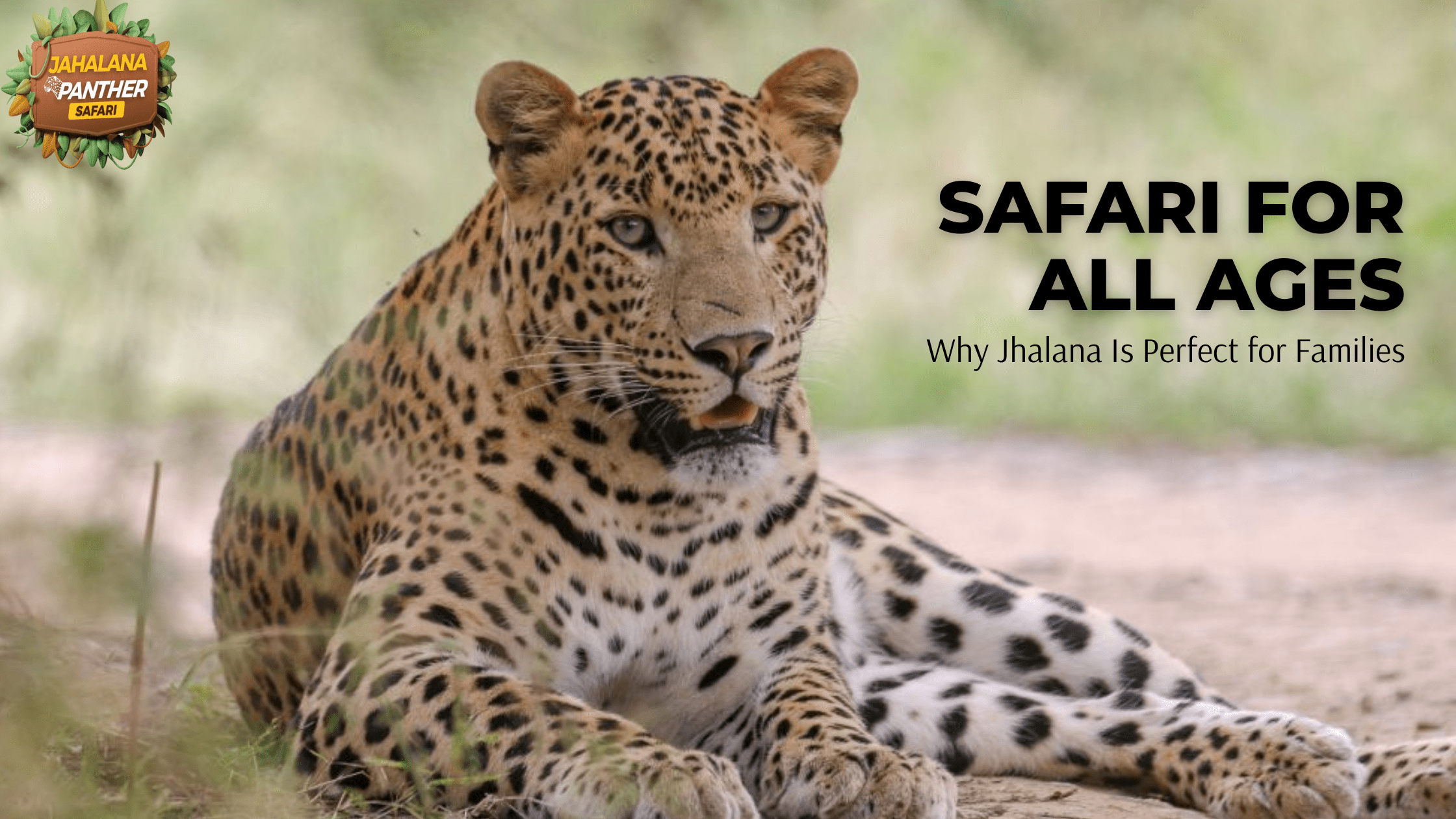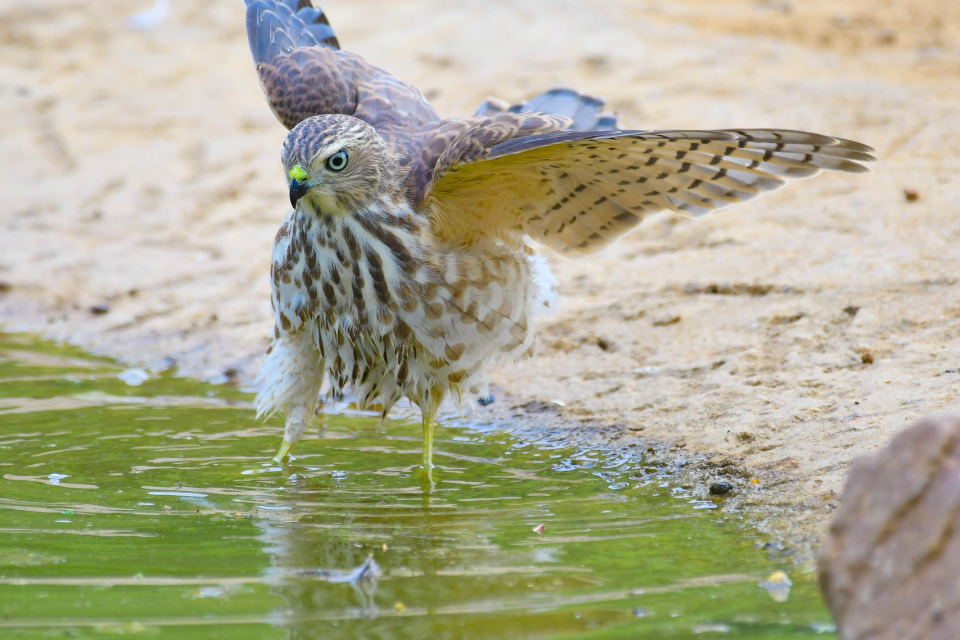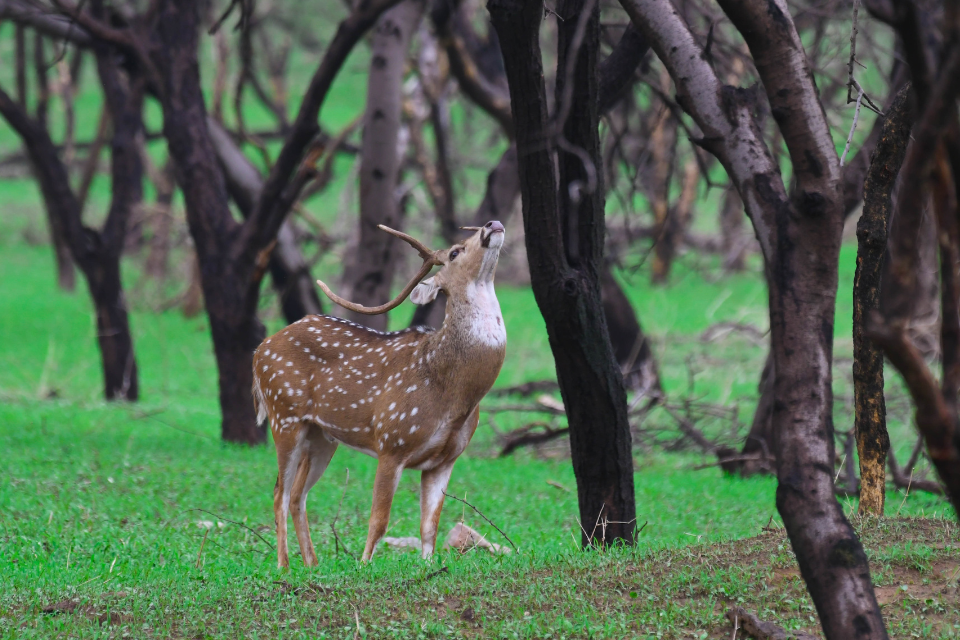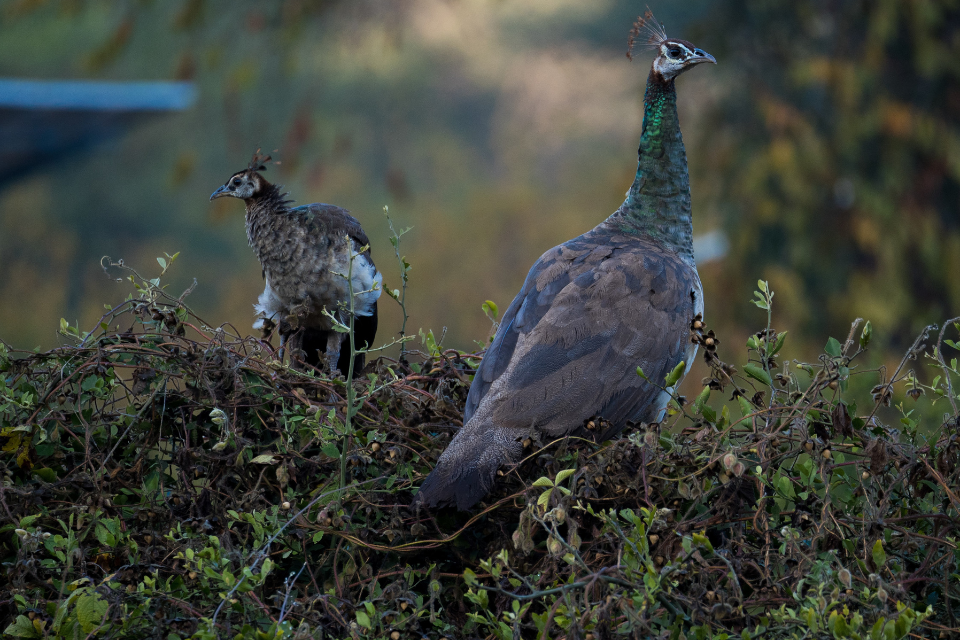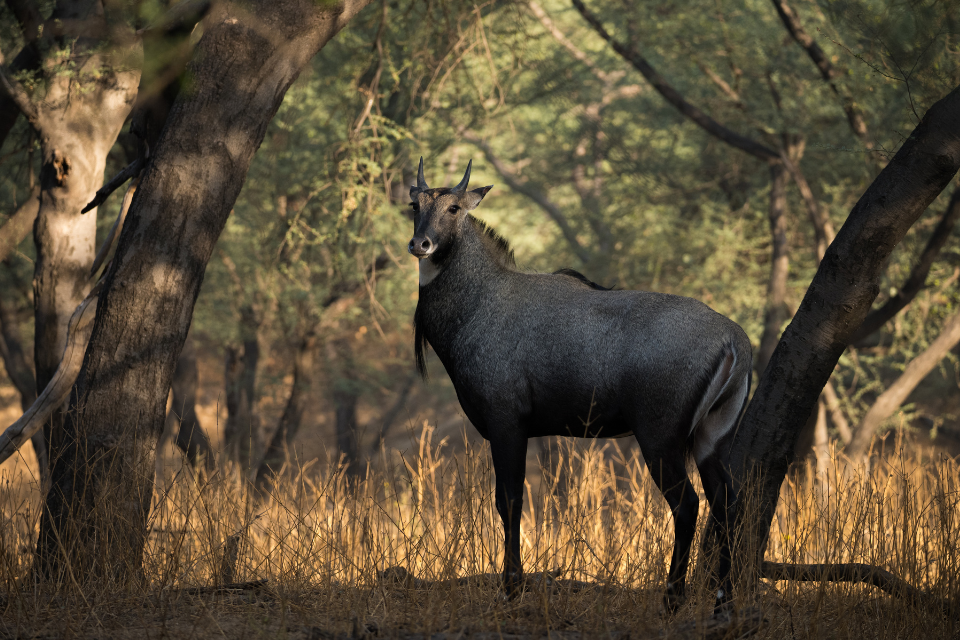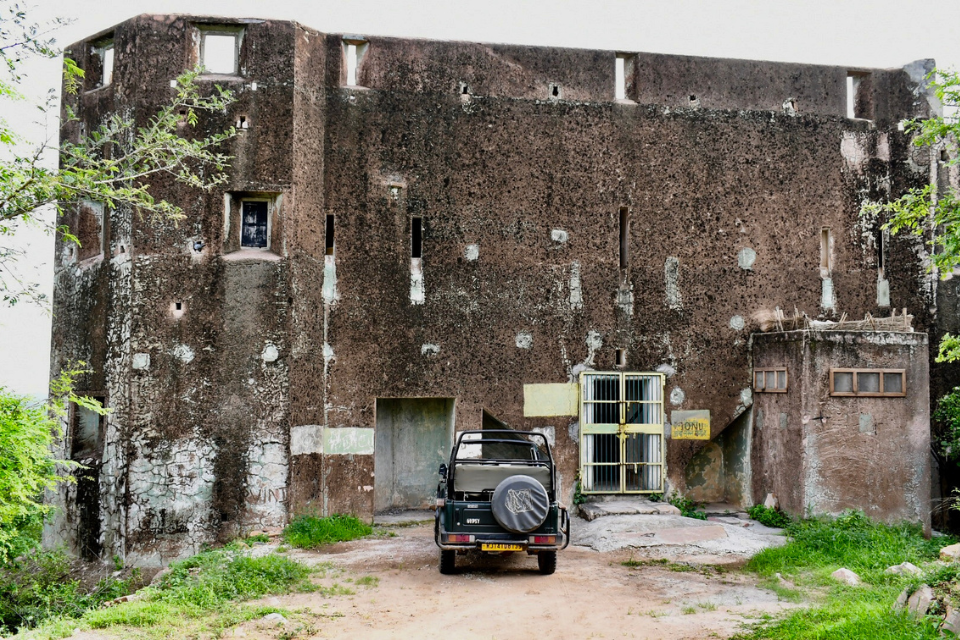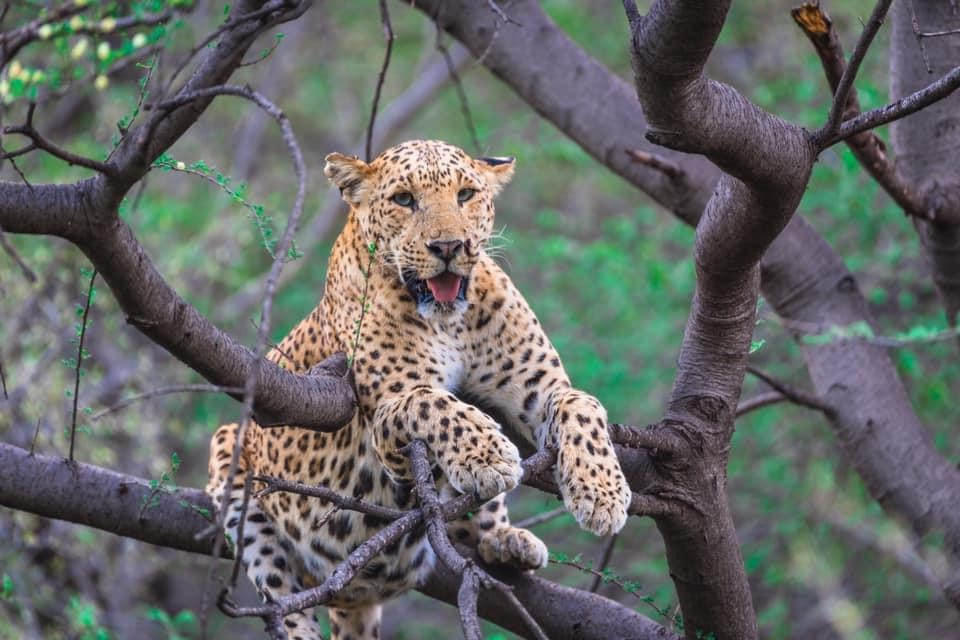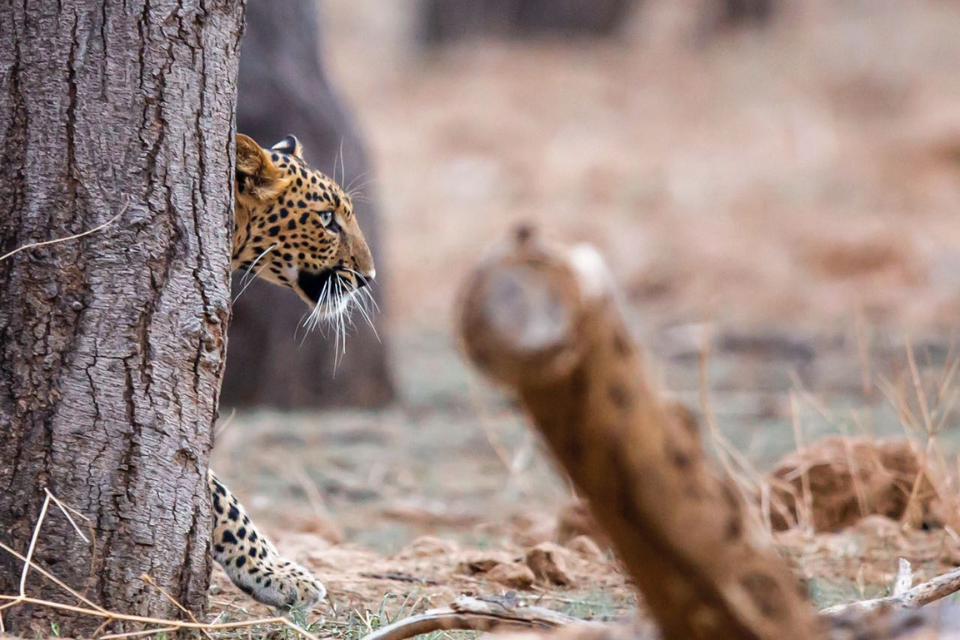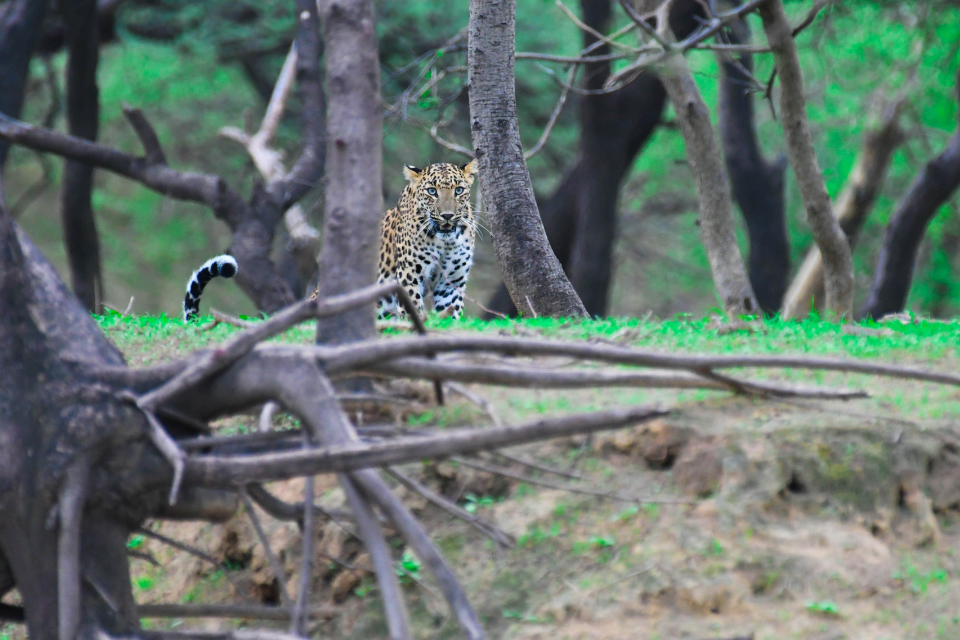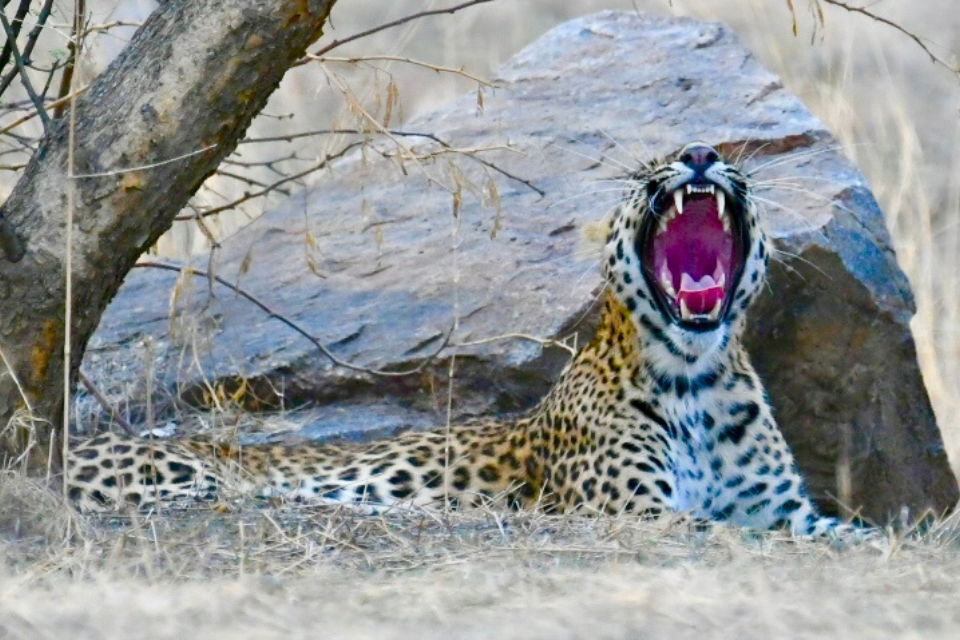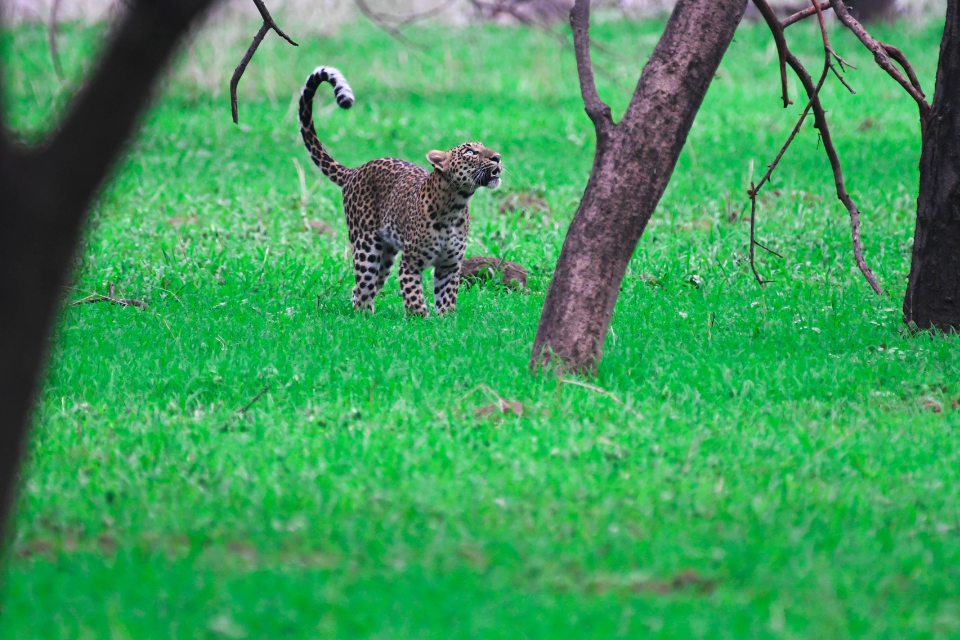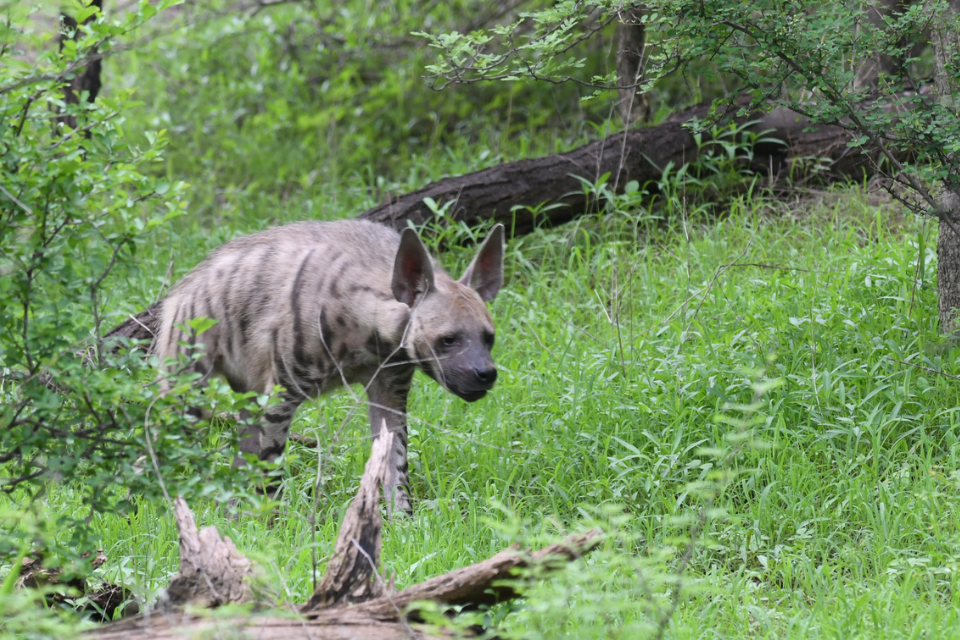- September 12, 2025
Safari for All Ages: Why Jhalana Is Perfect for Families
Introduction: A Safari That Welcomes Everyone
If you’ve been dreaming of a wildlife experience that’s exciting and manageable with kids or multigenerational groups, Jhalana Leopard Safari in Jaipur is your sweet spot. This compact, conservation-minded reserve sits right on the city’s edge, so you can go from breakfast at your hotel to watching a leopard melt into the golden scrub of the Aravallis in under an hour. As India’s first dedicated leopard reserve (designated in 2017), Jhalana blends accessibility, reliable sightings, and short, well-organized drives that suit families perfectly.
Set across roughly 20–23 sq km of undulating thorn-scrub and dry deciduous forest, Jhalana is home to an impressive population of leopards and a surprisingly diverse supporting cast—from striped hyenas and jackals to nilgai and sambar. For city-based travelers, it’s a gift: a half-day adventure that kindles curiosity without tiring little legs.
Why Jhalana Works So Well for Families
1) Close to the city, minimal travel time
Jhalana is a short drive from central Jaipur, making it easy to plan around naps, mealtimes, and school-holiday attention spans.
2) Short, structured safaris
Safaris run in two daily shifts (morning & evening) and typically last ~2–2.5 hours—long enough to feel like a real adventure, short enough to keep everyone engaged. Timings shift with season/sunrise, so always check your booking.
3) Open vehicles with limited seats
You’ll ride in authorized open Gypsies (max 6 seats), which naturally limits crowding and keeps the experience personalized. Many operators also note kids are allowed with standard safety rules.
4) High odds of leopard action
Leopards are the apex predator here; with ~40 individuals frequently reported in the landscape, sightings can be very good by Indian standards—though, of course, never guaranteed.
5) Year-round access
Unlike many parks that close for monsoon, Jhalana operates year-round, with seasonal entry windows. Families visiting during school breaks can almost always find a slot.
6) A gentle ‘first safari’
The intimate size, focused routes, and experienced local guides make this an excellent introduction to wildlife for kids and first-timers—without the long dawn wake-ups and marathon drives some big parks require.
What Exactly Is Jhalana Leopard Reserve?
A city-side sanctuary: Jhalana lies in Jaipur’s southeastern quarter, part of the Aravalli hill system—one of the world’s oldest ranges. The reserve’s leopard-first conservation approach is relatively new (formalized in 2017) but has quickly become a model for urban wildlife spaces. You’ll hear guides speak about corridors and “green links” that help animals move safely despite city growth—an evolving priority for the forest department and local stakeholders.
How big is it? Depending on the source and the zone counted, you’ll see ~20–23 sq km cited. In wildlife terms, that’s compact—part of Jhalana’s charm for families.
Wildlife Highlights: More Than Leopards
Leopards are the star—but they share the stage with a surprisingly varied cast. Keep eyes peeled for:
- Striped hyena (often crepuscular)
- Golden jackal and desert fox
- Jungle cat and desert cat
- Indian civet, mongoose, porcupine
- Ungulates: nilgai (blue bull), chital (spotted deer), sambar, wild boar
- A sweep of raptors and migratory birds in winter
Field reports and studies echo this diversity, especially considering Jhalana’s urban context.
Pro tip for kids: Make a “spotting checklist” before you go—hyena tracks, raptors, deer species—to make the drive feel like a treasure hunt.
Best Time to Visit with Kids
- November–April: Widely considered the most comfortable window for families—cooler temperatures, clear light, and excellent birding.
- April–May (hot but productive): As water sources shrink, sightings can spike—guides often rate this highly for leopard photographers. Balance this with heat management for young children.
- Monsoon (Jul–Sep): Lush, photogenic, with dramatic skies. Trails can be slushy; plan footwear and allow buffer time. Jhalana remains open year-round with seasonal timings.
How a Typical Family Safari Unfolds
- Check-in & briefing: Arrive 15–30 minutes before your slot. Your guide explains safety dos/don’ts, the route, and recent animal movements. Vehicle counts per shift are capped, so punctuality helps.
- Into the scrub: You’ll drive a mix of tracks—through acacia thickets, open meadows, and low ridge lines. Guides watch for alarm calls, fresh tracks, and pugmarks.
- Sightings etiquette: No getting off vehicles, ever. Keep voices low, remain seated, and follow the guide’s directions—simple rules that make wildlife relax and improve everyone’s experience.
- Family-friendly pacing: Stretches between stops are short, and guides aim to keep kids engaged with stories about leopards, hyenas, and the Aravallis’ geology.
- Wrap-up: You’ll be back in the city quickly—perfect for lunch and a nap or an evening fort visit.
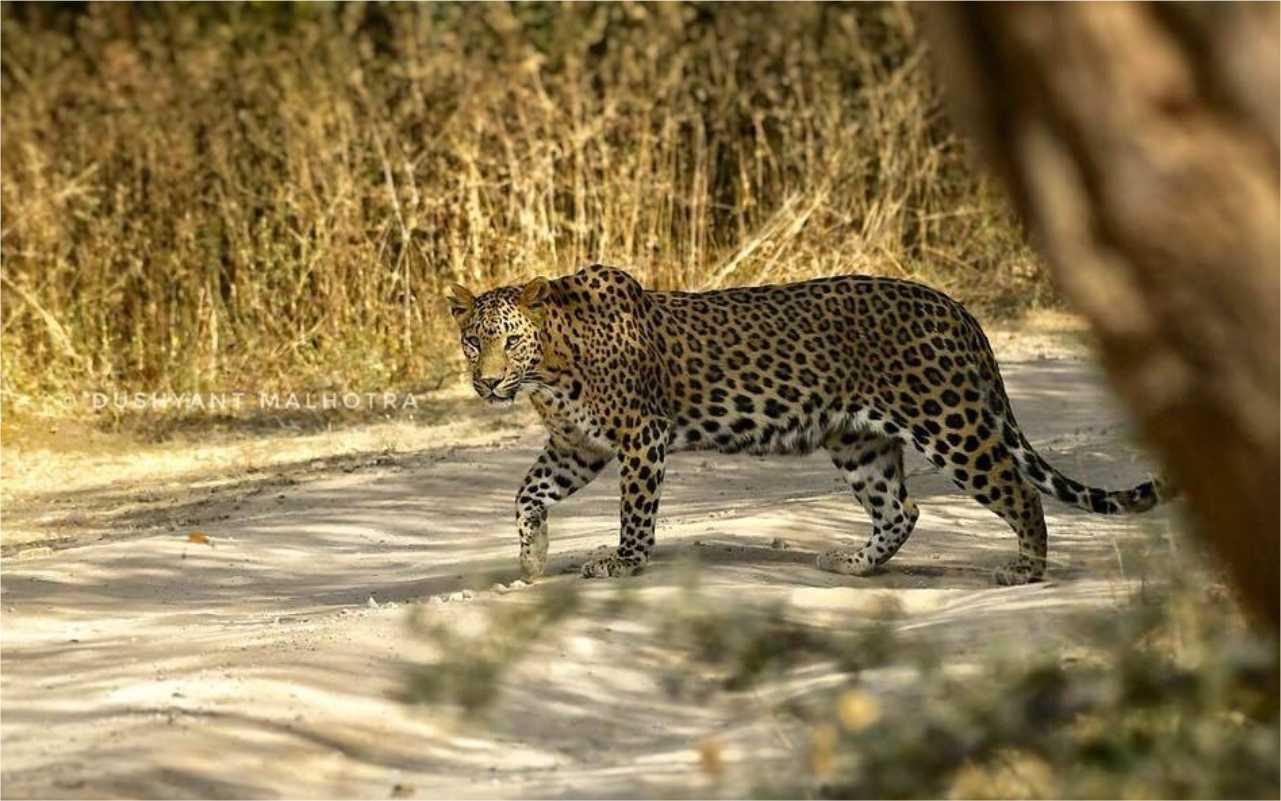
Practical Planning for Parents & Grandparents
Safari slots & timings
- Two shifts daily (morning/evening), timings change by month with sunrise/sunset. For example, Nov–Jan may run around 7:00–9:30 am and 3:15–5:45 pm; other months shift slightly. Check the month-by-month chart at booking.
Vehicles & seats
- Authorized open Gypsies, max 6 seats per vehicle. Some operators note “6 adults + 1 small child,” but plan for six total to keep it comfortable.
Documents & permits
- Carry valid photo ID for all guests; advance booking is strongly recommended on weekends/holidays.
What to pack
- Sun protection, water, light snacks, binoculars, and a soft jacket (winter mornings can be crisp).
- Camera settings: Shutter priority is handy for moving wildlife; avoid flash.
Safety & comfort
- Sit children between adults on bench seats.
- No standing while the vehicle is moving; never lean out.
- Follow your guide—rules protect both wildlife and visitors.
The Learning Layer: Conservation in an Urban Forest
Jhalana is a rare case study: wild leopards sharing a landscape with a major Indian city. That makes visitor behavior matter even more. Conservationists stress that disturbance can push wildlife toward the urban edge—risking conflict and stress. Staying on designated tracks, keeping noise low, and respecting speed limits are simple ways to help.
You’ll also hear about landscape-level solutions—corridors linking Jhalana with other green patches, plus new leopard safari zones (like Amagarh and the newly opened Maila Bagh) that spread pressure and showcase conservation beyond a single park.
Sample Half-Day Family Itinerary
Morning Safari Day (recommended with kids):
- 6:30 am: Hotel pick-up, quick snack.
- 7:00–9:15 am: Jhalana safari (timings vary by season).
- 9:30 am: Return to hotel for breakfast and downtime.
- 4:00 pm (optional): Light city activity—e.g., a short fort viewpoint or a craft workshop.
- Dinner: Early, relaxed; early bedtime for little explorers.
Evening Safari Day (works for late risers):
- 2:45 pm: Pick-up; pack water and caps.
- 3:15–5:45/6:15 pm: Safari.
6:30 pm: Sunset chai; optional night photos at a city viewpoint.
Add-On: Shikaar Audhi (Hunting Lodge)
Many tours include a stop at Shikaar Audhi, a historic three-storey hunting lodge inside the reserve. It’s a lovely educational pause—architecture, old Jaipur royal stories, and big views—without a lot of walking. Ask your operator whether it’s included.
Best Seasons, Simplified
- Comfort with kids: Nov–Apr (pleasant weather, great birding)
- Peak sightings (photography-forward): Apr–May (hot; plan hydration/sun care)
- Monsoon magic: Jul–Sep (lush, dramatic—carry rain covers)
Book With Us for a Seamless Family Experience
When you book through our website, you get a family-tuned experience from start to finish:
- Verified permits & preferred time slots
- Private Gypsy options (no strangers with toddlers)
- Child-safe seating guidance & bottled water onboard
- Naturalist-led kid activities (spotting charts, track ID)
- Hotel pick-up/drop-off and flexible rescheduling support
- Optional combo: Jhalana + Amagarh/Maila Bagh for variety
Ready to go? Reserve your seats now for the best timings and guides.
FAQs
1) How long is each safari and how many people fit in one vehicle?
Safaris usually run ~2–2.5 hours. Vehicles are open Gypsies with up to 6 seats (book a full vehicle for families that want privacy).
2) Are children allowed? Is there a minimum age?
Yes, kids are allowed; many operators confirm there’s no strict lower age limit, but guardians must keep children seated and quiet during sightings. Check charges for older kids (some sites treat 6+ as adults).
3) What are the safari timings?
There are morning and evening shifts; exact times change by season (e.g., around 7:00–9:30 am and 3:15–5:45 pm in winter). Always confirm the month-wise schedule while booking.
4) What wildlife can we realistically expect to see?
Leopards top the wish-list; the reserve supports ~40 leopards. You might also spot striped hyena, jackal, desert fox, jungle cat, nilgai, sambar, chital, and winter birds. Sightings are never guaranteed.
5) Is it safe? Can we get down from the jeep?
It’s safe when you follow rules. Getting off the vehicle is prohibited; remain seated, stay quiet near wildlife, and follow guide instructions.
6) Does Jhalana stay open in monsoon?
Yes. Jhalana operates year-round with seasonal timings. Roads can be wet; pack accordingly.
7) When is the best time to take kids?
For comfort: Nov–Apr. For higher leopard activity (heat permitting and with precautions): Apr–May.
8) How far is Jhalana from Jaipur hotels?
Most city hotels are a short drive away; it’s one of the big reasons families love Jhalana.
9) Can we add educational elements for kids?
Yes—book a naturalist-led jeep. Many guides carry field stories, track books, and bird lists; some operators provide kid-friendly worksheets on request. (Ask during booking.)
10) What if we don’t see a leopard?
Wildlife isn’t a zoo. Guides work hard with fresh tracks and alarm calls, but sightings vary. The reserve’s landscape, birdlife, and other mammals still make it a rewarding family outing.
Disclaimer
Safari timings, zone access, pricing, and wildlife movements change seasonally and may be updated by the forest department. All wildlife sightings are not guaranteed. Always follow your guide’s instructions and the reserve’s rules for your safety and for wildlife welfare.
Disclaimer All images used in this blog are either sourced from public domain or credited to their respective owners. If you are the copyright holder of any image and wish to request its removal or proper attribution, please contact us at [email protected]
